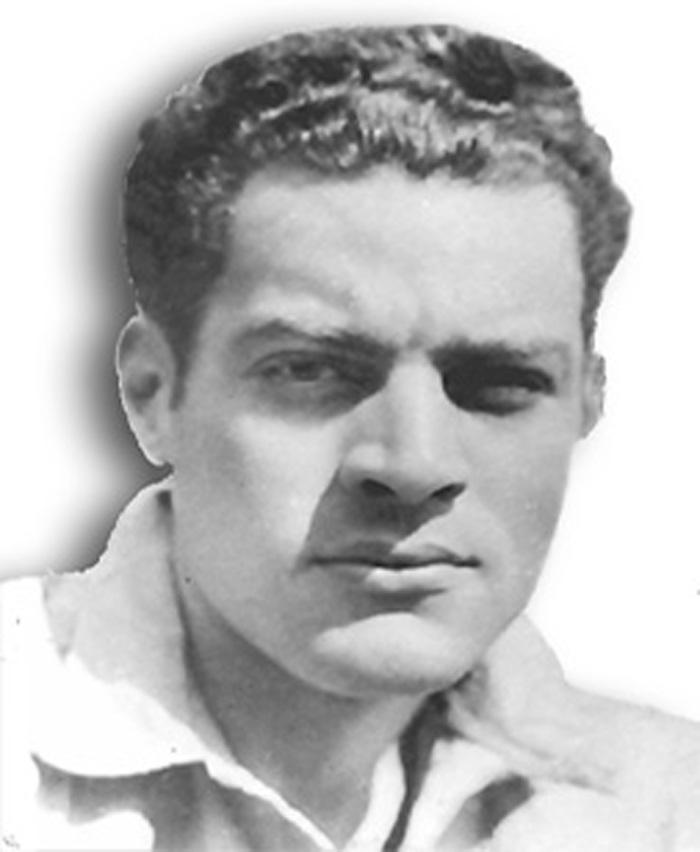Mella: «the Cuban who did the most in the shortest time».

Although the body of the anti-imperialist fighter was buried in the Dolores cemetery of the Aztec nation, in August 1933 the leaders of the Communist Party, the Student Left Wing, the National Workers Confederation of Cuba and other revolutionary groups agreed to transfer his remains to Havana.

Even after his death, the figure of Julio Antonio Mella was too great for the interests of the Machado regime.
The eternal young rebel, born on March 25th, 1903 in the Cuban capital, met his death in Mexico City, 25 years after the order given by dictator Gerardo Machado was carried out.
Although the body of the anti-imperialist fighter was buried in the Dolores cemetery of the Aztec nation, in August 1933 the leaders of the Communist Party, the Student Left Wing, the National Workers Confederation of Cuba and other revolutionary groups agreed to transfer his remains to Havana.
And on September 6 they carried out the exhumation and cremation of Mella’s remains amidst police pressure that tried to seize the ashes of the founder of the FEU, the Alma Mater magazine and the Popular University José Martí.
Fortunately, the quick and courageous actions of comrades in struggle, such as Juan Marinello, put an end to that plan and managed to hide Mella’s physical remains in the house of Dr. Mirta Aguirre, a refugee in Mexico during the tyranny.
With similar stealth they planned the transfer to Veracruz and from there, by boat to Havana where everything was planned for the burial.
The burial of Mella’s ashes would be at three o’clock in the afternoon of September 29, in a monument that was erected in the Fraternity Park. At the agreed time, the urn was taken down from the premises of the Anti-imperialist League to Reina Street.

Thousands of people were waiting for them there, displaying anti-imperialist slogans on posters and banners. From a balcony, the communist leader and poet Rubén Martínez Villena said a few words about that legendary young man who once decided to call himself Julio Antonio. Julius, after Julius Caesar and Antony, after Mark Antony, the Roman heroes.
At the end of the speech, the march began, which was sabotaged by snipers located on the rooftops and soldiers of the regime in order to snatch the urn and disappear the ashes of the student leader.
In that confrontation and because of a bullet hit, Paquito Gonzalez Cueto died, a boy of barely 13 years of age, who was a militant in the League of Pioneers of Cuba. Nearby, in the park of La Fraternidad, the obelisk built to deposit the ashes of Mella was destroyed with mandarriazos.
Because of the neocolonial government’s determination to erase everything related to Mella’s image, for years they had to keep his ashes under absolute secrecy and strict security.
It was not until the triumph of the Cuban Revolution that the remains exhumed and cremated 91 years ago, on September 6th, were exposed to be honored by the Cuban people, and what better place than the Aula Magna of the University of Havana?
And since January 10th, 1976 -73rd anniversary of the birth of the revolutionary who, according to Fidel, did more in less time-, the ashes of Julio Antonio Mella remain in the place chosen for their definitive location, the Memorial erected in front of his beloved University.
Written by Ana González.




